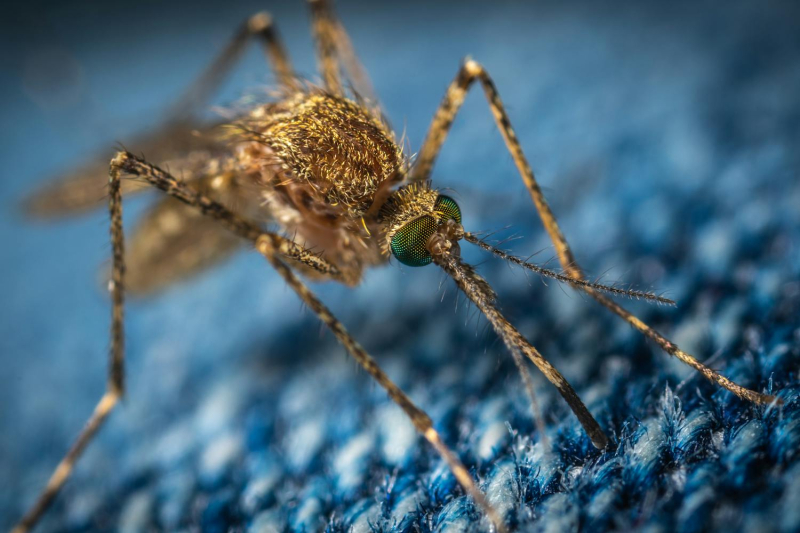
© Egor Kamelev/Pexels
Put yourself in the shoes (or rather the exoskeleton) of a mosquito Aedes aegypti. Your mission, should you choose to accept it: locate and bite a human in a darkened room. Impossible? Not for this little genius of evolution, responsible for more than a hundred million cases of dengue fever, yellow fever and Zika each year. Its cousin Anopheles gambiae, is even stronger with malaria, unfortunately causing more than 400,000 deaths annually. Enough to give humanity… and researchers real cold sweats.
The Mosquito's Sixth Sense: Seeing the Invisible
A recent study from UC Santa Barbara has shed light on an unsuspected ability of theAedes aegypti: infrared vision. If we know that mosquitoes rely on their sense of smell to detect us, this one would be nothing without this particular skill.
In reality, mosquitoes are real miniature Predators and this is even more true for theAedes aegypti since it can spot its prey at 70 cm in complete darkness. If we had to make a theoretical comparison with us humans, this would mean that we could do the same with a target located almost 300 meters from our eyes. Enough to make our best military technologies pale!
To unmask this hidden talent, the researchers set up a special experiment. In a two-zone arena, they recreated a “human corner” with infrared at 34°C, CO2 and body odors, facing a neutral zone. Unsurprisingly, our little vampires rushed towards human warmth without hesitation.
The anatomy of a born hunter: from nose to high-tech antennae
How does this detection system work ? At the tip of its antennae, the mosquito hides a real walking laboratory. The star sensor of this armada, called TRPA1, acts as an ultra-sensitive thermometer; at about 30 cm away, when the infrared energy reaches its peak, it springs into action. That's the signal that the feast is near.
200% Deposit Bonus up to €3,000 180% First Deposit Bonus up to $20,000The research team also discovered two proteins, cousins of those that allow us to see, repurposed as temperature sensors. They are called rhodopsins, and they act as advanced sentinels, picking up the tiniest infrared signals at long distances. As soon as they spot a promising source, they sound the alarm, triggering a chain reaction that results in the activation of TRPA1.
This two-step system is extremely effective. Rhodopsins, like long-range radars, scan the horizon for the slightest trace of human heat. Once the target is located, they hand over to TRPA1, a true precision guidance system, which refines localization for perfect targeting.
Towards new anti-mosquito weapons ?
This new scientific breakthrough opens a new front in our fight against these disease-carrying insects. First surprising observation : a simple loose polyester t-shirt could turn you into an invisible man in the eyes of mosquitoes. Unfortunately for your extremities, hands, feet and face remain on the front line.
While this discovery mainly echoes the humid nights of the tropics, global warming could well extend the playground of theAedes aegypti to our latitudes. California is already unfortunately paying the price.
We could then imagine the development of a new type of mosquito repellent, specifically targeting these infrared sensors, or systems that disrupt these signals to confuse mosquitoes on the hunt. Sprays that cause infrared jamming, external devices that emit erratic infrared signals, airtight suits, etc. We are not there yet, but it is theoretically conceivable.
By lifting the veil on this unsuspected superpower, researchers at UC Santa Barbara remind us that Mother Nature still has many tricks up her sleeve. This discovery could well be one of the exploitable leads to finally gain the upper hand in our age-old standoff with mosquitoes.
- Aedes aegypti mosquitoes can detect human infrared heat up to 70 cm in total darkness.
- Their detection system combines long-range rhodopsins and a TRPA1 sensor for precise targeting.
- This discovery opens new perspectives for mosquito control, including repellents targeting infrared sensors.
📍 To not miss any Presse-citron news, follow us on Google News and WhatsApp.
[ ]

